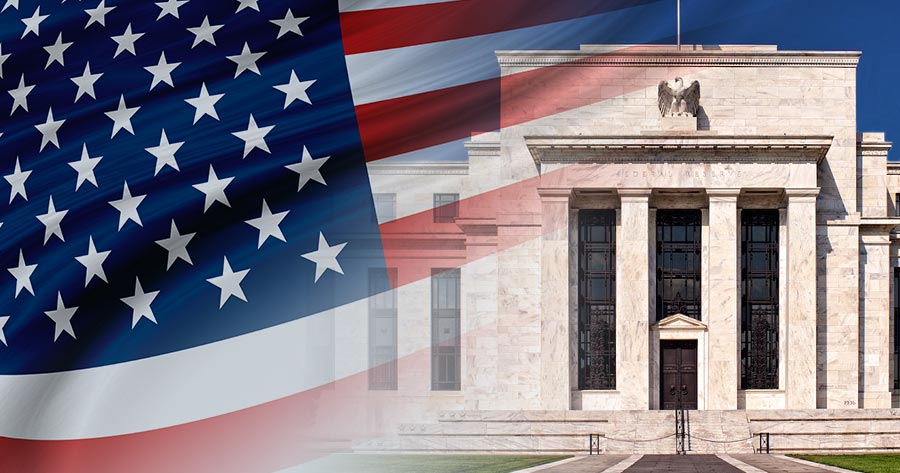US central bank chair Jerome Powell is scheduled to give a speech at Jackson Hole tonight. Everything he said will be interpreted by all big players in the market, which could either spike up or down any indices related. The view from the Fed chair will play a part in the next US meeting to decide policy rates on 21 September.
Data from the CME FedWatch Tools and Investing.com gives around 80% probability of the Fed standing the rate at the range of 5.25-5.5%, while the other 20% gives the odds for an increase by 25 basis points to 5.75% at the upcoming meeting.
This means the majority of the market expected Powell not to rock the boat or signal anything about further rate hike. The market is expecting the chairman to deliver a similar tone from his previous speech.
Historic data showed that the market usually rises a day prior to the Jackson Hole Symposium, but this time had a different story as the U.S. market closed lower prior to the meeting date. The contagion spread to the Asia-Pacific markets the next morning, reflecting investors’ concern.
The Fed fund rate affected everything in the financial system. Every bank in the US and other countries use Fed fund rate as a reference. The big money savers will likely move their money to the highest interest payer in the world, which strengthens that country’s currency.
The interest rate dictates the cost of borrowing. As the Fed reduces the rate to 0% during the pandemic, aiming to attract more borrowing from business, incentivizing consumption and increasing economic activities. However, the dovish move comes with an increased consumer price in all goods due to faster cycles of inventories or shorter supplies pushing relative demand up, thus the price, which will be reflected in the data that Fed uses on rate decision later.
After Powell found himself too slow to raise rates due to waiting for confirmation on inflation trends last year, the Fed has been hiking rates at the fastest pace ever recorded to reduce US inflation. This contributed to the US regional bank crisis earlier in this year due to the higher interest that needed to be paid to the bond holders. And also reversing the low cost of borrowing for business and households, increasing debt delinquency, and risk of economic downturn as well as stock market.
The rate hike has been slowing in this year, making many investors believe the Fed has accomplished the inflation mission, resulting in a bullish market in the first seven months. However, the downturn since the beginning of August along with many data recently published in mixed directions might say otherwise. Many countries in Europe had more severe inflation than the US, though with higher rates, but still could not keep up with their own inflation during the past 12-month period.
On the other hand, the reversing of the relation between short and long period bond prices show a different outlook to Fed rate decision. Normally, the longer period bond should have a higher rate than the shorter one due to higher risk from longer holding period, but the trend has been reversed since October last year. This implies that players in the bond market expected more rate hikes, because they can sell the longer one to buy the new shorter with the higher receivable rates. This points to the no landing or harder landing scenario.
In the past, the 1980s Fed chair, Pual Volcker, raised the interest rate to 20% to kill the inflation in which he succeeded after two recessions, causing home sellers to help buyers pay by letting them assume their mortgages. Many hoped that would not happen again, the crash landing scenario.




